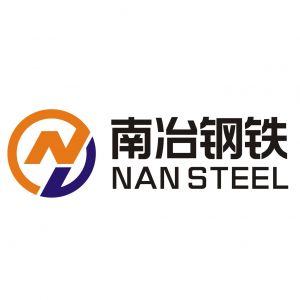How to increase the stability of spiral steel pipePosted by chase Liu on June 21st, 2023 Spiral steel pipe (SSAW pipe) is a welded steel pipe made of strip steel coil as raw material, extruded at regular temperature, and welded by automatic double-wire double-sided submerged arc welding process.Spiral steel pipe has lower cost and higher production efficiency than seamless pipe. To increase the stability of spiral steel pipes, you can consider the following measures: 1.Proper Stacking: When storing or transporting spiral steel pipes, ensure that they are stacked in a stable and balanced manner. The pipes should be aligned and centered to distribute the weight evenly throughout the stack. Avoid overloading the stack or creating uneven distribution of weight, as it can lead to instability. 2.Interlocking: Within the stack, the individual pipes can be interlocked to enhance stability. This can be achieved by nesting the pipes together or using suitable stacking accessories, such as wedges or chocks, to prevent movement and maintain alignment. 3.Stack Height Limit: Adhere to the recommended maximum stack height to prevent instability and collapse. The specific height limit may depend on factors such as pipe diameter, wall thickness, and overall weight. Consult relevant industry guidelines or manufacturer specifications for the recommended stack height for your particular spiral steel pipes. 4.Base Support: Ensure that the ground or surface where the stack is placed provides a solid and level base. A flat and stable foundation minimizes the risk of tilting or shifting of the stack. If required, you can use additional supports such as wooden blocks or metal skids under the bottom layer of pipes to distribute the weight and maintain stability. 5.Securing the Stack: Depending on the storage or transportation conditions, consider using appropriate securing methods to prevent movement or displacement of the stack. This may involve using straps, bands, or ropes to hold the pipes together and secure them to a stable structure or platform. 6.Handling Equipment: Use proper handling equipment, such as forklifts or cranes, to lift, move, and position the spiral steel pipes. This helps maintain control during the handling process, reducing the risk of accidental tipping or destabilization. 7.Protective Measures: Implement appropriate protective measures to safeguard the spiral steel pipes from external factors that could impact stability. This includes protecting the pipes from adverse weather conditions, such as rain or excessive sunlight, as well as preventing contact with sharp objects or abrasive surfaces that could cause damage or instability. Remember to consult industry standards, manufacturer recommendations, and local regulations for specific guidelines on enhancing the stability of spiral steel pipes. Like it? Share it!More by this author |


